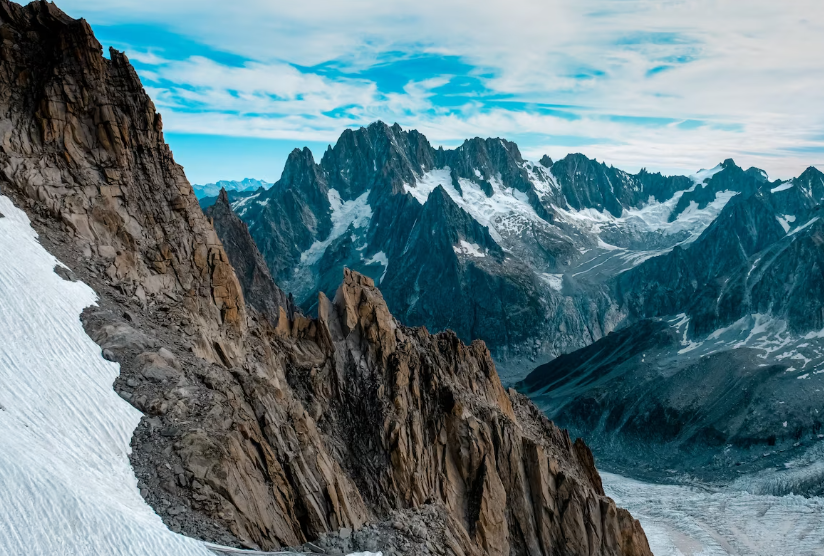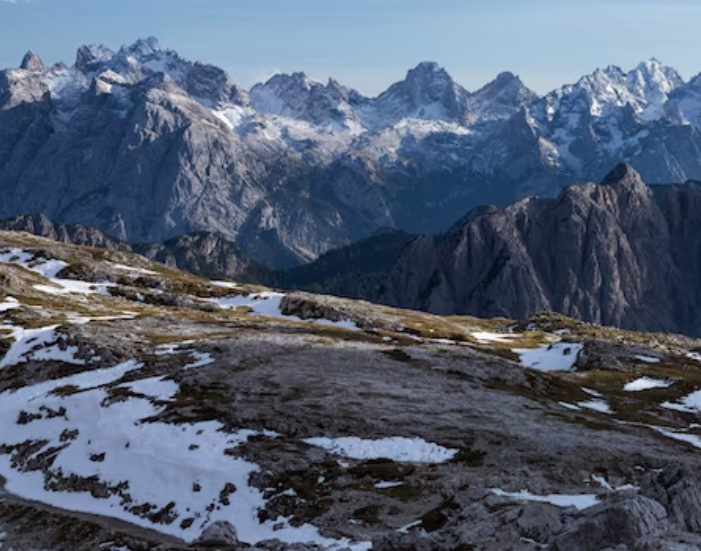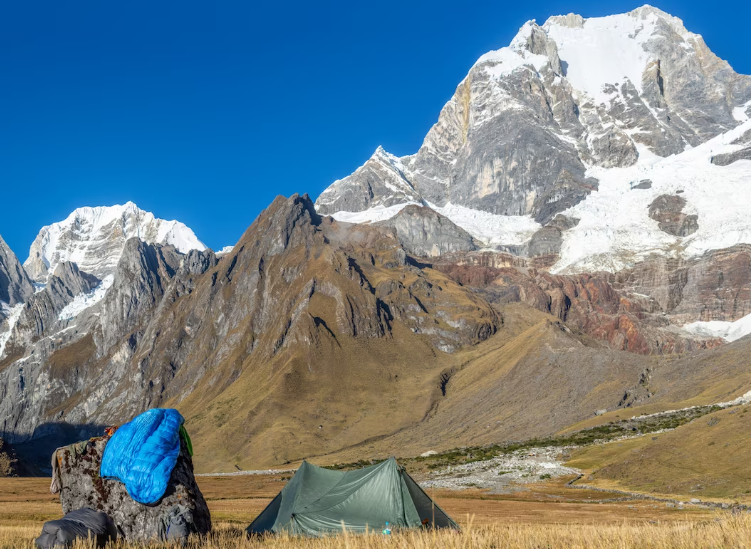Nestled within the awe-inspiring landscape of the Himalayas, Nanga Parbat stands as a majestic sentinel, its towering peak reaching towards the heavens. Often referred to as the “Killer Mountain,” Nanga Parbat’s mystique is as captivating as it is chilling. This sobriquet, laden with a sense of danger and foreboding, encapsulates the mountain’s formidable reputation for being one of the most treacherous and deadly peaks to summit. But why Nanga Parbat is called the Killer Mountain? Delving into the annals of mountaineering history and the mountain’s formidable features provides insight into the origins of this chilling moniker.
The Legend of “Killer Mountain”

The ominous title of “Killer Mountain” was coined due to the immense challenges and perils that climbers face when attempting to summit Nanga Parbat. Its towering heights and unpredictable weather conditions have claimed the lives of many adventurers over the years. Nanga Parbat was first introduced to the Western world by British explorers in the 19th century. One of the primary factors contributing to the mountain’s deadly reputation is its notoriously unpredictable weather. Throughout history, there have been several tragic expeditions on Nanga Parbat, where climbers faced avalanches, frostbite, and exhaustion. These stories have only added to the mountain’s deadly mystique.
Conquering the Beast
Despite the grim tales, Nanga Parbat has witnessed remarkable feats of human resilience. Climbers who have successfully reached the summit have defied the mountain’s sinister reputation. His groundbreaking achievement paved the way for future climbers. Nanga Parbat offers multiple routes to the summit, each laden with its own set of challenges. Climbers must carefully strategize their ascent, making it a true test of skill and determination. In recent years, advancements in mountaineering technology and techniques have increased the chances of a successful ascent. This has led to a surge in climbers attempting to conquer the “Killer Mountain.”
Nanga Parbat’s Geographic Significance

anga Parbat, often referred to as the “Killer Mountain,” holds a special place in the geography of the Himalayan region. This section will delve into its location and the mesmerizing landscape that surrounds it. Nanga Parbat is situated in the western Himalayas, specifically in the Diamer District of Pakistan. Geographically, it lies in the northernmost part of Pakistan, close to the border with India. The region in which Nanga Parbat is found is a remote and challenging area to access, adding to the mystique of this towering peak.
The Perils of Nanga Parbat
This section delves into the perils that climbers and adventurers face when taking on the daunting task of conquering Nanga Parbat. The climate on Nanga Parbat is unforgiving. Situated in the western Himalayas, the mountain is subject to extreme weather conditions. Even during the climbing season, which typically falls between June and August, the temperature can plummet to life-threatening levels. The combination of high altitudes and freezing temperatures poses a significant risk to climbers. Proper acclimatization and meticulously planned expeditions are essential to combat the harsh climate. Nanga Parbat is notorious for its avalanches and rockfalls. The steep slopes and massive glaciers make it susceptible to frequent avalanches, which can occur suddenly and with devastating force. Rockfalls, too, are a constant threat, especially in the summer months when the sun’s warmth can trigger the release of massive boulders.
Conservation Efforts
Nanga Parbat and its surrounding region are home to a rich and diverse ecosystem. The mountain’s lower slopes feature lush forests teeming with wildlife, including leopards, ibex, and various bird species. Preserving this ecosystem is essential not only for the biodiversity it supports but also for maintaining the delicate balance of the region’s ecology. These efforts include enforcing strict regulations on waste disposal, ensuring responsible tourism practices, and collaborating with local communities to raise awareness about environmental conservation. These measures aim to minimize the environmental impact of climbers and trekkers who visit the region.
Frequently Asked Questions About Nanga Parbat the Killer Mountain
What is the elevation of Nanga Parbat?
Nanga Parbat stands at an awe-inspiring 8,126 meters (26,660 feet) above sea level.
Why is it called the “Killer Mountain”?
The mountain earned this ominous nickname due to its treacherous terrain, unpredictable weather, and the tragic history of expeditions that resulted in fatalities.
How many climbers have successfully summited Nanga Parbat?
Approximately 300 climbers have successfully reached the summit of Nanga Parbat as of the latest data.
What is the most challenging route to the summit?
The Rupal Face is widely considered the most challenging route, known for its steepness and technical difficulty.
Are there any rescue operations on Nanga Parbat?
Yes, there have been numerous rescue operations on the mountain to save climbers in distress. These operations are highly perilous due to the harsh conditions.
Has anyone climbed Nanga Parbat in winter?
Yes, several climbers have successfully summited Nanga Parbat in the harsh winter months, demonstrating the indomitable spirit of mountaineering.
Conclusion
Nanga Parbat, the “Killer Mountain,” continues to captivate the imaginations of adventurers worldwide. Its sinister reputation and challenging terrain make it a coveted prize for mountaineers seeking the ultimate test of their skills and courage. While the mountain has claimed lives, it has also borne witness to incredible triumphs, reminding us of the human spirit’s unwavering determination.
Nanga Parbat’s legacy as the “Killer Mountain” will persist, inspiring awe and admiration for generations to come.


